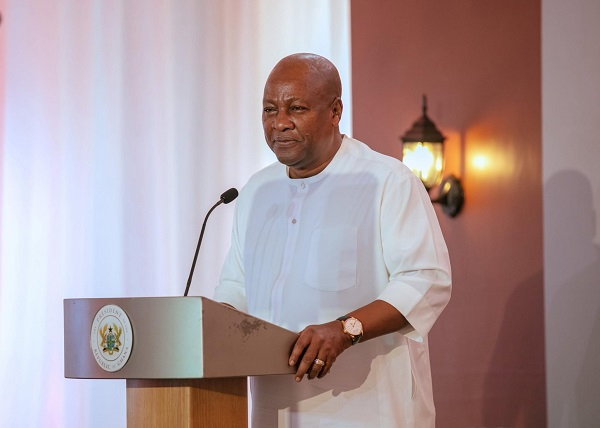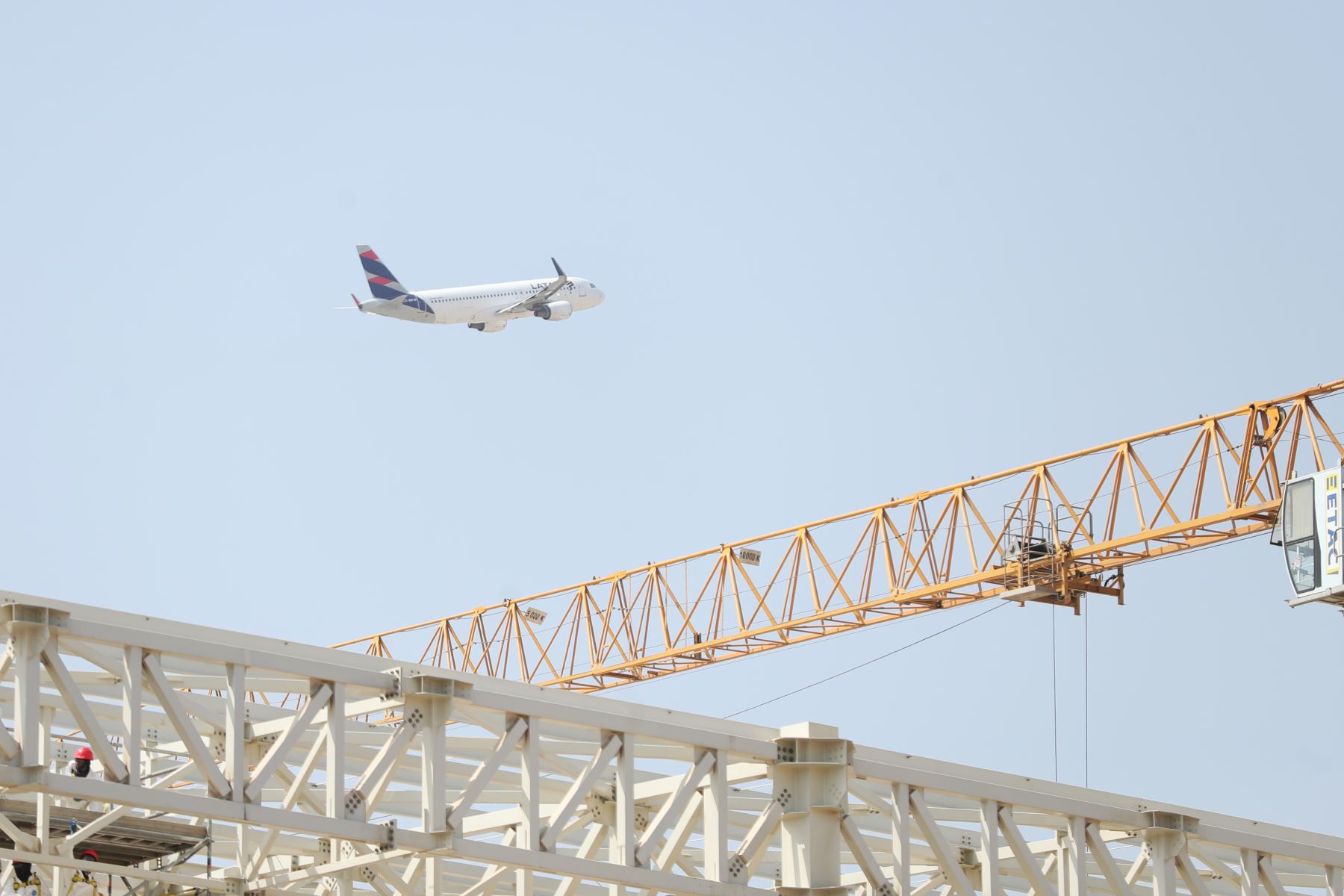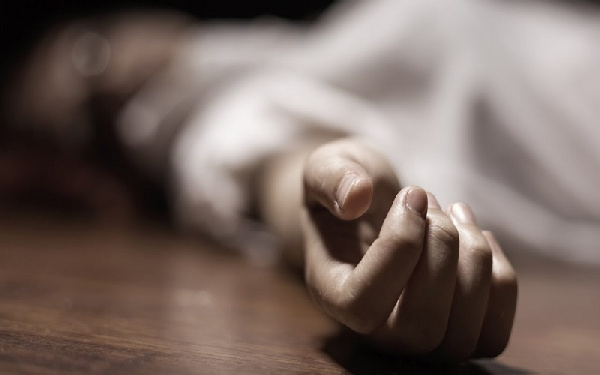Travel Warning: Canada Issues Advisory For Peru Following State Of Emergency In Lima And Callao
Saturday, July 5, 2025

In a recent move, Canada has issued a new travel advisory for Peru following the imposition of a state of emergency in Callao and Lima provinces. With both of these destinations pertinent now, Canada’s government has raised safety concerns and recommended that individuals exercise increased vigilance while traveling to both destinations. Peru has long been popular with travelers for its rich history, culture, and popular tourist sites like Machu Picchu. Current circumstances in some of Peru’s provinces have, however, raised increased travel concerns for locals and tourists at large.
The state of emergency running in force until the 16th of July functions in certain districts of Lima and Callao and in populous districts such as Villa María del Triunfo and San Juan de Lurigancho. For this reason, Canada’s travel advisory was updated and advises travelers to remain on notice and remain informed on what is happening around these districts. Whilst Peru’s capital city of Lima and neighbouring Callao are prominent destinations for travel, Canada’s government is advising nationals to reconsider some of these provinces and districts for non-essential travel.
Government of Peru declared a state of emergency for certain districts of Lima and Callao to manage rising civil unrest, such as protests and security concerns at a local level. A state of emergency requires identification to be carried by everybody and strict adherence to some norms, such as not riding on motorcycles, which would put them at further risk in specific areas. Although implemented in certain districts alone, the state of emergency has much further-reaching implications and prompted Canada to issue a travel advisory for Lima and Callao to mirror elevated caution in said places.
Those districts where a state of emergency is imposed are:
Canada’s warning also advises respecting advice by local authorities and complying with any public message relating to safety. Canada’s government advises its citizens to stay on top of events and for those already on site to be ever more vigilant.
In addition to the state of emergency in Callao and Lima, Canada’s advisory further includes other regions of Peru to be avoided unless it is really essential to travel. Some regions were found to be unsafe due to ongoing domestic terrorism and crime, such as robberies, extortion, and drug trafficking. Particularly regions such as Huallaga and Tocache provinces, and regions of Huánuco, Ucayali, and Apurímac are marked with heightened warnings.
They are part of the list of “avoid non-essential travel”:
Huanta and La Mar provinces (Ayacucho)
Apurimac Valley, rivers Ene and Mantaro
These are regions based on Canada’s government, which are seeing rising threats and where security officers are attempting to control rising criminal activities. For tourists on the lookout for peace and security, it’s extremely recommended to stay away from these areas when in a state of emergency.
Even Border Areas Also Regarded Hazardous Tourists to Peru’s frontier regions near Ecuador and Colombia are also recommended to stay at least 20 kilometers off the frontier due to ongoing security concerns. Their situations are especially risky around the Ecuador frontier, where landmine dangers are present in certain parts. Canada’s government recommends that tourists not visit these regions due to possible armed conflict and incursions by guerrilla groups.
The Cordillera del Cóndor region of the Peru-Colombia border is especially dangerous because it is in such proximity to violent organizations. Although Lima is also a point of arrival for incoming international flights to Peru, these border regions are classified as risky destinations and are off-limits to tourists.
Canada’s Enhanced Travel Advisories
Aside from its Peru advisory update, Canada has also issued several other travel advisories and updates for destinations worldwide. Individual places such as Mexico, the Philippines, and Colombia were all updated with additional advice, and certain areas of Mexico and southern Philippines were advised to be avoided due to security concerns. Such advisories are an indication of how important it is to keep abreast of information and to pay heed to local advice for international travel.
Canada’s government also recommends destinations of low risk and advises nationals to take standard security measures when heading to safe destinations such as Japan, Panama, Rwanda, and Slovenia.
Going Further: Responsible Travel and Safety Awareness
As tourists, it’s also important to remember that while certain areas of Peru are currently at greater risk, Peru’s general attractiveness and allure are not diminished. From Machu Picchu’s breathtaking vistas to Sacred Valley’s calm beauty, Peru’s historical sites are still drawing millions of travelers. However, it is important to stay safe and informed of the latest travel advisories when visiting such destinations. In upcoming weeks, Peru’s government will be working to return affected regions to stability, and some regions beyond the state of emergency remain tourist safe. For prospective tourists looking to go to Canada, Canada’s travel advisory is urging heightened caution throughout the country’s capital and borders. With travel back to pre-pandemic levels and international tourism gaining momentum, it is more crucial than ever to stay informed and to prepare. It is always advisable to look for updated information on government websites and on-the-ground authorities to stay safe and to enjoy your stay overseas.
(Source: Government of Canada, Travel Advisory Updates, Peruvian Ministry of Tourism, Canadian Ministry of Foreign Affairs.)
«Enjoyed this post? Never miss out on future posts by following us»









